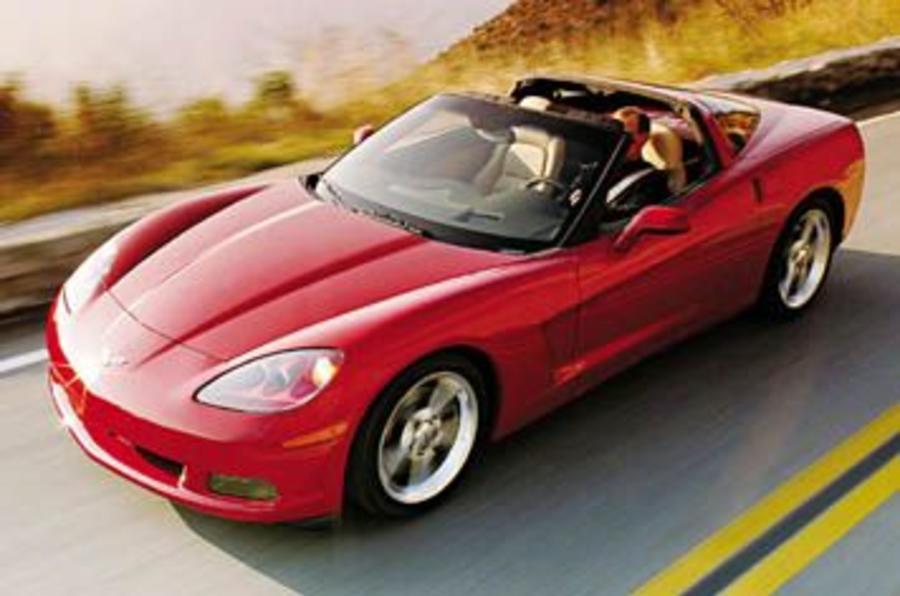The night before the Corvette’s European launch, give or take the odd sweaty doze and wriggle, I slept for one hour. That afternoon’s root-filling procedure was causing me considerable grief, and despite a Nurofen Plus overdose the best I could do was just lie in bed whimpering like a child.
I had one thought on my mind: if my tooth throbbed like a bag of stubbed toes right then, what on earth was going to happen tomorrow afternoon in a Corvette on run-flat tyres over busted Spanish bitumen?Uncomfortable. Nope, make that persistent agony. Me and the old Corvette didn’t get along too swell. Too big, too sloppy, too rubbishy inside. But this car is much better. Even using nothing more than 3000rpm and not troubling the tyres, it’s clear that the Corvette has much to offer – most of it wedged under the bonnet.
How a company can still be allowed to apply the moniker ‘small block’ to a 6.0-litre V8 nudging out a steady 400bhp at 6000rpm is best left to American sociologists to explain. Torque is a hefty 400lb ft at 4400rpm. But both seem irrelevant – as does the fact that Chevrolet claims the Vette will hit 60mph in a staggering 4.1sec and won’t stop until 186mph. This is big performance, the kind that will deal with just about anything else on the road at a squirt of gas and pummel great holes in the surrounding airspace if you dare to push the long-travel throttle any further.
What impresses most is just how endearing the Corvette has become. Because the basic hardware has now been sorted to a more than acceptable level, you’re free to enjoy a car that has no obvious rival in Europe. Point is the Vette can no longer be palmed off as irrelevant anywhere apart from in America. Prices in the UK have yet to be fixed, but it’ll be about £41,000 in Germany, so what we’re looking at is a Porsche Boxster/BMW M3 rival.
Don’t laugh or turn the page. Okay, the car is a long way from perfect. For overall chassis response and composure the Boxster gobbles it alive. The Vette works nicely up to a point but then its over-stiff springs and dampers just have it skipping about. It’s not a huge problem, though – to reach that point you’ll have to be tanking on at ludicrous speed. The steering’s accurate but comatosed, the limited-slip differential isn’t the most reassuring of its type. And the ride… well, the ride’s better than before but our concrete motorway sections will expose it as way short of the European best. Its inherent choppiness and inability to cope with persistent small intrusions are cruelly amplified by the run-flat tyres’ lack of compliance.
However, you can enjoy the car without being terrified, and that frees you up to enjoy the whole package.
The Corvette is now significantly smaller than before. We’ll forgive Chevrolet’s explanation of its new-found wieldiness (they call it tossable, presumably in reference to a crisp green salad) and settle on more threadable. This is a Porsche 911-sized vehicle that weighs about the same and has an extra 40bhp.
It wouldn’t be a Vette without some interior cheapness, but it’s harder to spot than before. The column stalks contain too many controls and the plastics aren’t up to the European norm, but the ergonomics are good, even if the seats disappoint (too short in the squab) and the driving position isn’t quite adjustable enough.




















Add your comment